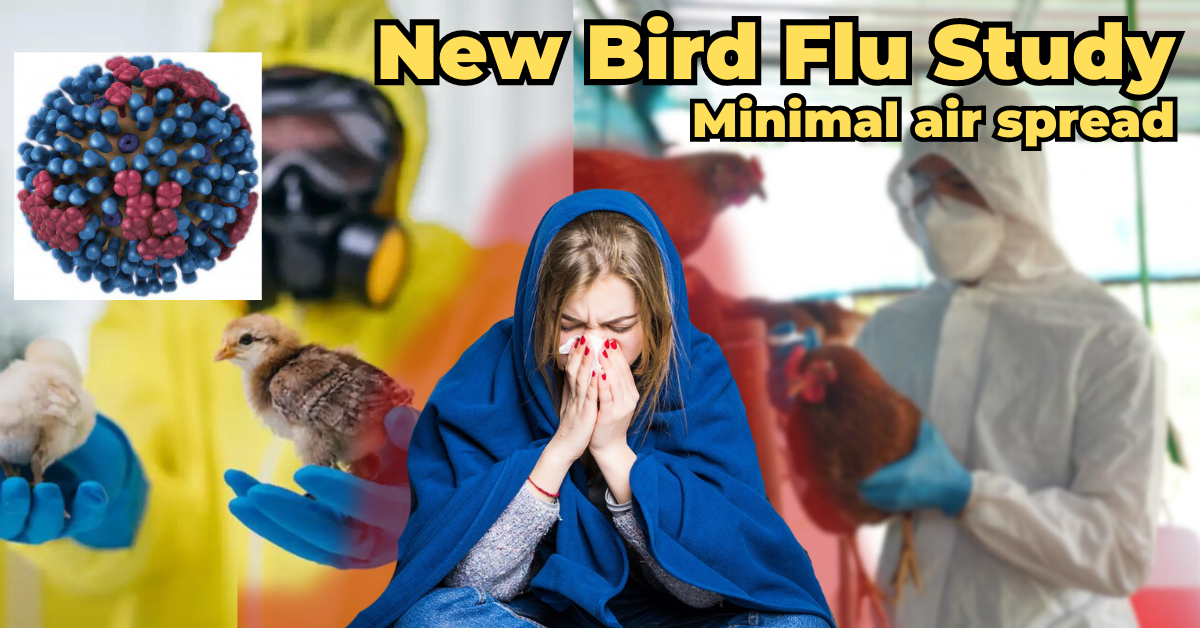New Bird Flu Study: Limited Airborne Transmission in Ferrets
New bird flu research offers a glimmer of hope alongside a note of caution.
While a recent study suggests the H5N1 bird flu strain found in U.S. cows may not easily spread through the air among ferrets, scientists warn it has shown some ability to do so.
New Bird Flu Study: Ferrets Used to Assess Transmission Risk
Ferrets are widely used as the preferred small mammal model for studying influenza transmission and infection.
In a new study by researchers at the University of Wisconsin-Madison, ferrets infected with the H5N1 bird flu strain were placed near healthy ferrets with no physical contact.
The results of the bird flu study published Monday is already courting controversy among the world’s leading flu researchers. https://t.co/9oT7k7B8VH
— STAT (@statnews) July 8, 2024
Source: Twitter/STAT
The results? None of the healthy ferrets became sick or showed signs of the virus.
New Bird Flu Study: Limited Airborne Transmission Detected
However, one healthy ferret developed antibodies, indicating prior exposure to the virus.
"It is good news that the virus does not have extensive transmissibility through the air between ferrets," said study author and flu virologist Yoshihiro Kawaoka, "but it is concerning that it can transmit at all in this way."
An airborne virus easily transmitted between humans would pose a significant pandemic threat.
New Bird Flu Study: Human Health Risk Still Low
Currently, public health agencies worldwide consider the risk of H5N1 transmission between humans to be low, with no documented cases.
Since avian flu detection in U.S. dairy cows in March, four human cases, all involving dairy workers, have been reported. Thankfully, all four individuals have recovered.
New Bird Flu Study: Cause for Caution Despite Limited Transmission
In a *Nature* study, the H5N1 strain found in cows can bind to human-type receptors, used by flu viruses to infect human cells.
Typically, bird flu targets avian receptors, uncommon in humans. Further research is crucial, as viruses binding to both receptor types have sparked past pandemics. The virus likely spreads through infected milk, aerosolized milk droplets, or contact with infected birds or poultry.
The study also confirmed that the virus, isolated from cow's milk in New Mexico, made mice and ferrets sick after exposure to unpasteurized milk, spreading through their bodies.
Read more such news on techinsighttoday
Thank you so much for reading.

